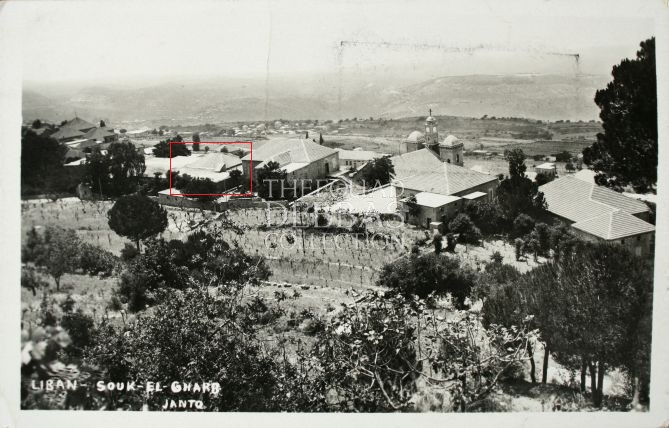From Helsinki to Beirut – the Many Lives of a Finnish Pine
Ralph I. Hage
On a late summer’s day in 2019, an engineer stood in an open courtyard of a project he was managing and stared up at the sky.
In that period of time, Lebanon was in the midst of national protests, an economic crisis, and a rapidly devaluing currency – options were limited.
The engineer looked back down to Earth and turned towards his bewildered foreman and said, “I’ve found the solution”.
The brief was clear but specific. During renovation, the owner of the house had removed the red-tile pitched roof and left the courtyard below exposed to the elements. In its place, he required louver sunshades which were meant to be 8.2 meters long and spaced 0.5 meters apart which would also aid in privacy from the adjacent neighbors. The sunshades were to be fully cantilevered from wall to wall, natural in appearance, and had to be made of wood. The challenge was to find a solution which was structurally sound as well as fit in with the historical nature of the house.

The house had belonged to Samia Baroody Corm, a Lebanese cultural authority, beauty queen, socialite and wife of Charles Corm who after a meeting with Henry Ford, had secured the Ford Motor Company dealership for the entire Greater Middle East region at a time when Ford Motor Company was the only car maker in the world. Their son, Hiram Corm, was renovating it for his children and grandchildren to enjoy as a retreat on the outskirts of Beirut, in a small town called Souk Al Gharb.
“What solution, sir?” The foreman asked.
“Wooden electricity poles”, replied the engineer.
The foreman lit up. “I’ve been wracking my brain trying to think of something! That is a great idea, but… Where will we find them?”
For context, modern Lebanese electrical lines are supported by steel utility poles. Consequently, the engineer investigated and tracked down a contractor who specialized in carpentry and created beachfront settings such as cafes, seating, and flooring which required high levels of waterproofing. After discussing the situation, the contractor replied that he had a stock of leftover electricity utility poles made of Finnish Pine (Pinus Silvestris). The poles had been imported by the Lebanese government from Finland sometime in the last century, utilized, and decommissioned in favor of the contemporary steel poles. The engineer ordered ten pieces and had them installed.
Upon installation, bolts were installed to protrude from the tops of the walls which would come into contact with the louvers. Simultaneously, the louvers were drilled into, creating a void which would be filled with adhesive and slipped onto the bolt – creating an invisible joint. Finally, they were coated with several layers of waterproofing membranes.
Upon seeing the final result, the engineer realized that these humble louvers acted as a testament of resilience, sustainability, reuse, and how engineering can bridge the gap between nations.
source https://csengineermag.com/from-helsinki-to-beirut-the-many-lives-of-a-finnish-pine/
تعليقات
إرسال تعليق